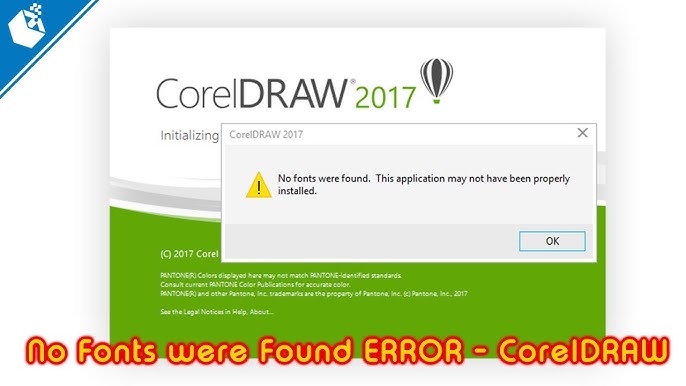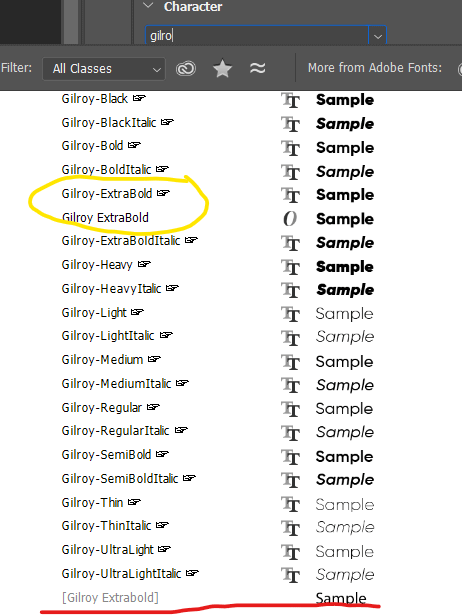The "no font" problem arises when a digital system or document attempts to display text using a typeface that is unavailable, improperly configured, or corrupted. This results in text being rendered with a default substitute font, or in some cases, as unreadable symbols or empty boxes (often called "tofu").
Web Development Font Issues
When a specified web font fails to load, browsers resort to fallback fonts, potentially altering the intended design and readability.
Common Causes:

- Incorrect Font File Paths: The CSS
@font-facerule points to a non-existent or incorrect font file location. - Cross-Origin Resource Sharing (CORS) Policy: Fonts served from a different domain than the website require appropriate CORS headers on the font server.
- Unsupported Font Formats: The browser does not support the provided font file format (e.g., WOFF, WOFF2, TTF, EOT).
- Font Naming Mismatches: Discrepancies between the
font-familyname defined in@font-faceand its usage in CSS selectors. - Server Configuration: Incorrect MIME types for font files on the server.
Solutions:
- Verify Paths: Double-check all URL paths in
@font-facedeclarations. Use relative paths carefully or root-relative paths. - Configure CORS: Ensure the server hosting the fonts includes the
Access-Control-Allow-Originheader. - Provide Multiple Formats: Include various font formats (WOFF2 is preferred, with WOFF as a fallback) to ensure broad browser compatibility.
- Consistent Naming: Ensure the
font-familyname is identical in its definition and application. - Define Fallbacks: Always specify generic font families (e.g.,
sans-serif,serif) in your CSSfont-familystack. - Check Server MIME Types: Ensure font files are served with correct MIME types (e.g.,
font/woff2for .woff2,application/font-wofforfont/wofffor .woff).
Operating System & Application Font Issues
These issues occur when the operating system or specific applications cannot access or render fonts correctly.
Common Causes:
- Missing or Uninstalled Fonts: The required font is not installed on the system.
- Corrupted Font Files: Installed font files may be damaged.
- Corrupted Font Cache: The system's font cache can become corrupted, leading to display errors.
- Application-Specific Font Problems: Some applications have their own font management or may experience conflicts.
- Permissions Issues: The system or user may not have the necessary permissions to access font directories or files.
Solutions:
- Install Fonts: Install the missing font(s) through the operating system's standard font installation procedure.
- Validate and Reinstall Fonts: Use built-in font validation tools (e.g., Font Book on macOS, right-click > Preview on Windows for basic check) or reinstall suspect fonts.
- Clear Font Cache: Rebuild the system font cache. The method varies by OS (e.g., terminal commands on macOS/Linux, or manual steps/tools on Windows). Restart the system afterwards.
- Check Application Settings: Consult the application’s documentation for font-related troubleshooting, especially for design software which often has dedicated font menus or management.
- Verify Permissions: Ensure appropriate read permissions are set for font files and directories.
Document-Specific Font Issues
This typically occurs when opening a document created on another system that used fonts not available on the current system.

Common Causes:
- Fonts Not Embedded or Packaged: The document creator did not embed the fonts (e.g., in a PDF) or package them with the design file.
- Licensed Font Restrictions: Some fonts have licensing restrictions that prevent embedding or transfer.
Solutions:
- Install Missing Fonts: Identify the missing fonts (applications often list them) and install them if you have a valid license.
- Request Packaged Files: Ask the document creator to provide the document with fonts packaged (if licensing allows) or to outline text (which converts text to vector shapes, making it uneditable as text).
- Font Substitution: Allow the application to substitute missing fonts, understanding this will likely change the document's appearance.
General Troubleshooting Strategies
A systematic approach can help diagnose "no font" issues effectively:
- Isolate the Scope: Determine if the issue is website-specific, application-specific, document-specific, or system-wide.
- Browser Developer Tools: For web issues, inspect the Console for error messages (e.g., 404 for font files, CORS errors) and the Network tab to check font file requests and responses. The Elements/Inspector tab can show which fonts are actually being applied.
- Minimal Test Case: Create a simple test file (e.g., a basic HTML page for web fonts, a new document with only the problematic font for application issues) to see if the problem persists in isolation.
- Check for "Tofu" Characters: If you see placeholder boxes (□□□) or question marks (???), it often means the loaded font lacks the specific glyphs for the characters being displayed, even if the font file itself is technically "found." This points to a character encoding or font coverage issue.
- Restart: A simple system or application restart can sometimes resolve temporary glitches, including font cache issues.






